Star Wars: The Force Awakens opens in less than two weeks, kicking off an ambitious plan to release a new Star Wars movie every year for a very long time. The new owner of the franchise, Disney, intends to produce a mix of sequels and spin-off films that will continue Star Wars forever.

But instead of looking at what’s next for Star Wars we want to take a moment to look at the past of the most influential blockbuster ever made. Like any great work it has a diverse range of influences and tributes, some of which might surprise you (just the original trilogy, we deny the prequels ever happened.) Also, we’re assuming you’re already familiar with Star Wars, but if you haven’t seen it, here’s the whole movie in GIF form:

Dune
Picasso once said, “Good artists copy; great artists steal,” and George Lucas stole a big chunk of the book Dune for Star Wars. Dune is a popular sci-fi epic from the 1960s that’s gotten well-known thanks to a TV miniseries in the 2000s and a movie adaptation in the 1980’s that features Sting as a mostly naked bad guy.

It takes place on a desert planet, you know, like Luke Skywalker’s home planet.
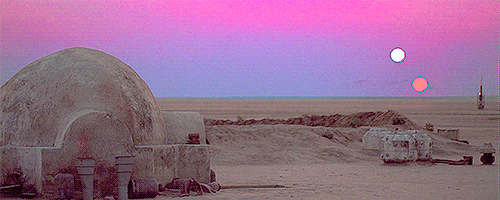
It features a religious-y order of warriors who have special fighting abilities and can control minds who end up training the hero in their ways as the universe’s savior. Sound Jedi enough to you?

In a huge twist, the villain of Dune turns out to be the hero’s (grand)father.

Dune’s author, Frank Herbert, supposedly made a list of 37 similarities between the two works.
Flash Gordon
Lucas is fairly open that Star Wars (and Indiana Jones for that matter) is meant to evoke the mostly forgotten adventure flicks he loved as a kid. Before making Star Wars, he tried to produce a remake of the 1930s Flash Gordon movies, but couldn’t secure the rights. But a healthy dose of Flash Gordon ended up in the movie he made instead.
Do these opening credits look familiar?
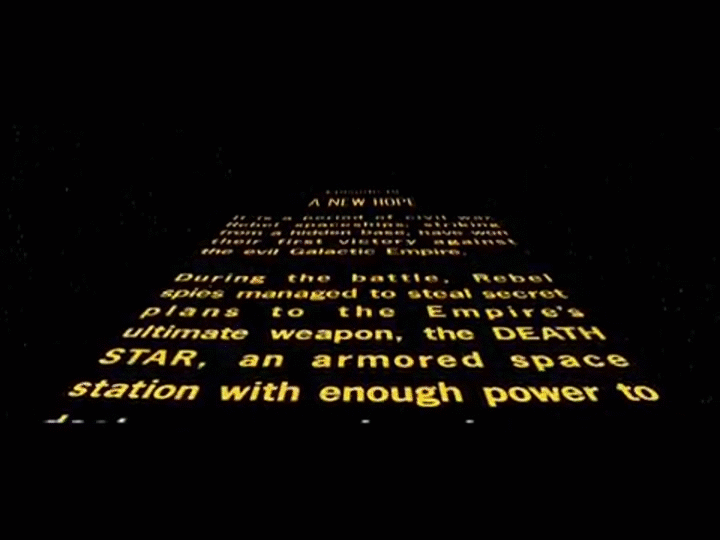
Flash Gordon features the rescue of a sexy space princess who turns out to be a tough broad once you get her a laser gun.


And there’s a floating city in the sky ruled by someone who at first works with the series villain but later joins the heroes.
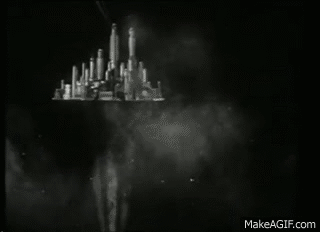

The Hidden Fortress
The Japanese samurai movie The Hidden Fortress features two bickering bumbling peasants who resemble two familiar droids.

Who end up assisting a rebellion led by a princess and an older wiser warrior. The wise warrior fights a duel with an old enemy from long ago in his past.
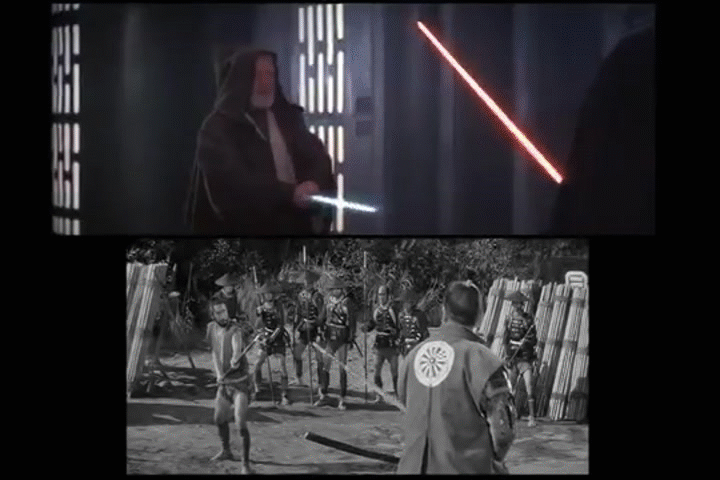
And That’s Not All
The climactic destruction of the death star in the first Star Wars movie borrows shots and dialogue from the WW2 aviation thriller The Dam Busters.
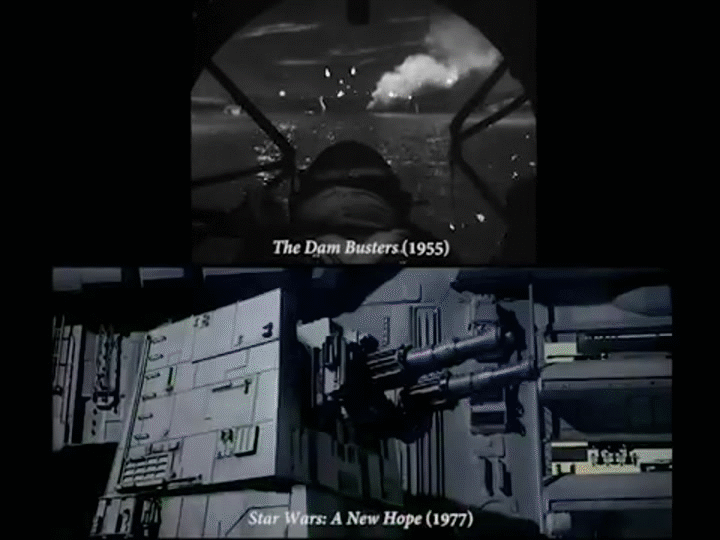
Darth Vader bears more than a passing resemblance to comic book super-villain Doctor Doom.

If you want to get deep, the theories of Professor Joseph Campbell about mythology were a huge Star Wars influence. He claimed that heroic myths from around the world all possessed the same 12-point structure and George Lucas says he deliberately used this “Hero’s Journey” outline in Star Wars.
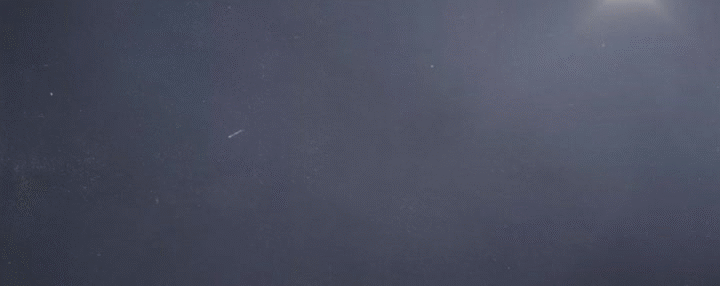
So there you have it—the story of how a hodgepodge of low budget children’s sci-fi, comic books, Japanese films, and the theories of a comparative religion scholar were mixed to make one of the most beloved film series in the world. But, don’t think we’re knocking George Lucas, there’s nothing new out there, true art is how one uses their inspirations to create something unique, and he succeeded with Star Wars!
Oh, and if we forgot any major influences you know about, let us know in the comments section.